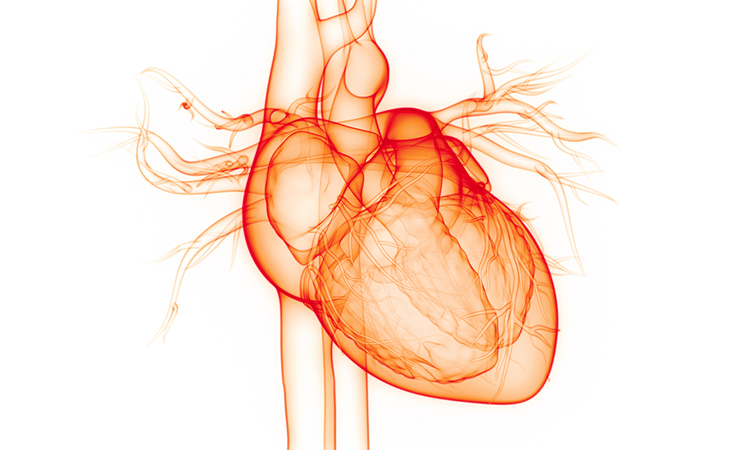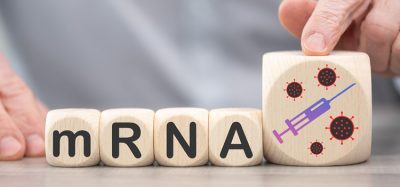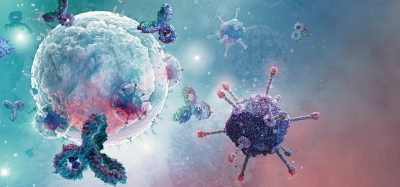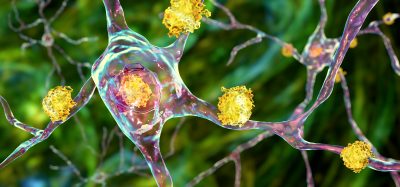Targeting immune cells may help treat atrial fibrillation
Posted: 20 July 2023 | Izzy Wood (Drug Target Review) | No comments yet
New MGH study finds that macrophages and macrophage-produced proteins contribute to heartbeat irregularities, thus targeting these cells can aid atrial fibrillation treatment.


Current treatments for atrial fibrillation (AFib), a common heart condition characterised by fast and irregular beats that can lead to stroke and heart failure, have multiple side effects and are ineffective for preventing AFib recurrence.
New research led by investigators at Massachusetts General Hospital (MGH), US, and published in Science, reveals that certain immune cells play a major role in the development of AFib. Targeting these cells may therefore represent a promising strategy to treat and prevent AFib.
During the study, the team analysed single cells from atrial heart tissue collected from patients with and without AFib. The analysis indicated that immune cells called macrophages are the most dynamic cell population in the atria during AFib, and these cells expand more than any other cell type in diseased tissue.
Biomarkers aren’t just supporting drug discovery – they’re driving it
FREE market report
From smarter trials to faster insights, this report unpacks the science, strategy and real-world impact behind the next generation of precision therapies.
What you’ll unlock:
- How biomarkers are guiding dose selection and early efficacy decisions in complex trials
- Why multi-omics, liquid biopsy and digital tools are redefining the discovery process
- What makes lab data regulatory-ready and why alignment matters from day one
Explore how biomarkers are shaping early drug development
Access the full report – it’s free!
A new mouse model of AFib was also created, dubbed “HOMER”, they tested if and how macrophages can cause AFib. “We found that recruited macrophages support inflammation and fibrosis, or scarring, of the atria, which hinder electrical conduction between heart cells and lead to AFib. Inhibiting macrophage recruitment reduced AFib,” said senior author Dr Matthias Nahrendorf, an investigator in MGH’s Centre for Systems Biology.
Gene expression analysis revealed that in human and mouse hearts, the SPP1 gene is highly overexpressed in macrophages during AFib. This gene produces the SPP1 protein (also called osteopontin) that promotes tissue scarring and is elevated in the blood of patients with AFib. HOMER mice lacking this protein had reduced numbers of atrial macrophages.
Future therapeutic strategies for AFib could therefore target macrophages or macrophage-derived signals such as SPP1 that contribute to inflammation and fibrosis. “We think that this research lays the groundwork for immunomodulatory therapy of AFib, and we are currently working on several strategies to make this happen,” explained Nahrendorf.
It will also be important to study how these strategies might complement current care. “By mapping cardiac and immune cells involved in atrial fibrillation, this research advances next steps toward studying how macrophage-targeted therapies may support existing treatment,” said Dr Michelle Olive, Deputy chief of the Atherothrombosis and Coronary Artery Disease Branch within the Division of Cardiovascular Sciences at the National Heart, Lung, and Blood Institute.
Key Takeaways:
- Analysis of atrial heart tissue collected from patients with and without atrial fibrillation indicate that immune cells called macrophages expand more than any other cell type in diseased tissue.
- In a mouse model of atrial fibrillation, macrophages support inflammation and scarring of the atria, which hinder electrical conduction between heart cells.
- The SPP1 gene is highly overexpressed in macrophages during atrial fibrillation, and its expressed protein promotes tissue scarring.
Related topics
Gene Testing, Genetic Analysis, Immunogenicity, Immunology, Protein
Related conditions
atrial fibrillation (AFib)
Related organisations
Massachusetts General Hospital (MGH)
Related people
Dr Matthias Nahrendorf, Dr Michelle Olive








